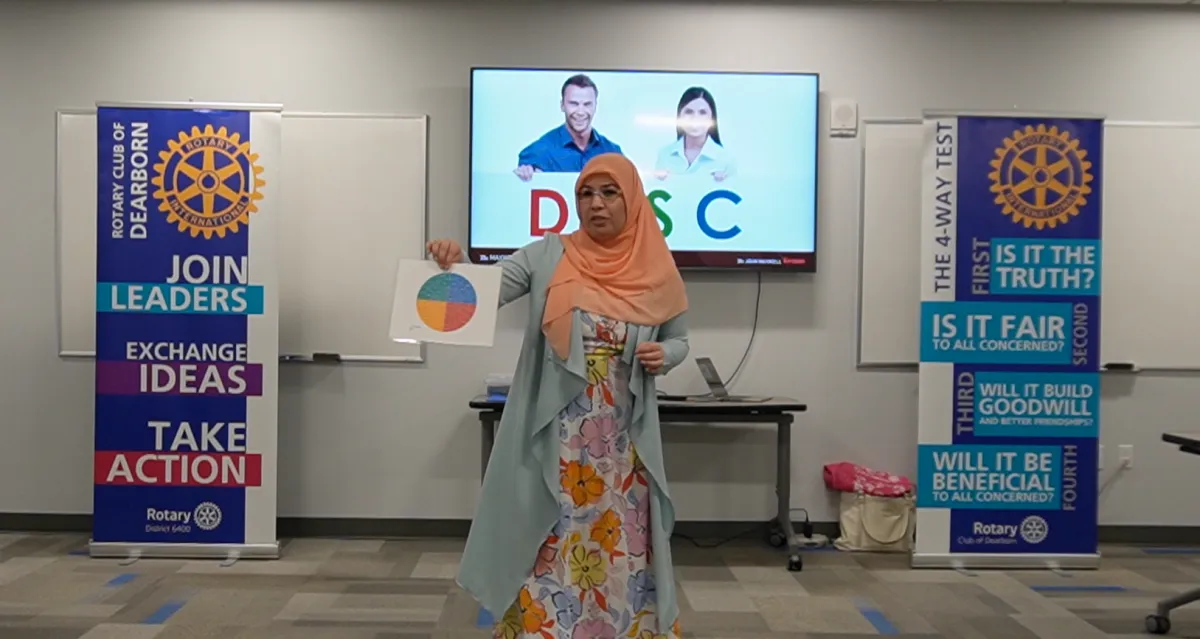
Discovering DISC: My Journey with Communication Styles
My first interaction with DISC styles of communication was through the National Society of Leadership and Success (NSLS) through the University of Phoenix. To become NSLS certified, I had to take the DISC assessment and reflect on my results. DISC stands for the four personality traits that are revealed after taking the assessment, D for Dominance, I for Influence, S for Steady, and C for Compliance.
I don’t remember my results at the time, but do remember my intrigue when I learned the information that stemmed out of taking the assessment. I was a school principal at the time and I asked two other administrators in the building to take the assessment so we can have a insightful conversation around our results which we ended up having and reflecting on our results collectively.
Years later, I was reintroduced to DISC as the Maxwell Method of DISC as part of the John Maxwell Leadership certification. This time as a professional speaker, certified coach, leadership and DISC trainer which opened up my eyes to even more valuable insight as the report provided as a result of the assessment was extensive and included so much more than the original I had taken in the past.
What did I learn?
I learned how others can best communicate with me based on my style of communication, and most importantly how I can best communicate with others with similar or different styles of communication.
The report breaks down each person’s style and explains the meaning then it goes into detail describing what each personality trait is and how to get the best quality communication by following certain guidelines.
I also learned about what challenges and obstacles I had to work on to improve my communication and where my areas of strength lies. For example, being a high I, meant I am outgoing, love people connection, and it also meant that I talked a lot. Reflecting on this, I took some steps to become more self-aware and cut back on the talking so that I won't ending up wasting time and at the same time remain friendly and outgoing while talking others but in a less talkative way.
One eye-opening fact I learned was that the assessment provided three graphs to help understand the typical behavior and of each of these traits. What I learned is that the way I perceive myself was different than what others see me as which led me to deeply reflect and focus on my inner strengths of how I can help others and myself.
My perception of my self- I perceived myself as balanced across all four traits, where the graphs revealed that I'm more steady and organized under pressure.
This insight helped me learn more about myself as well as help others understand their own strengths and challenges.
Obviously it takes practice and time to learn about others, but I’ve been able to approximate different styles of communication that others may have after speaking to them and interacting with them for a while.
DISC Traits
D’s are typically results oriented, direct and competitive.

I’s are typically friendly and enthusiastic.
S’s are typically patient and modest
C’s are typically accurate and highly organized
You can have more than one and have a defining personality which helps in making your communication far more effective with others.
My Style is ICD defined as a leader based on the latest assessment I have taken last year. What is yours?


